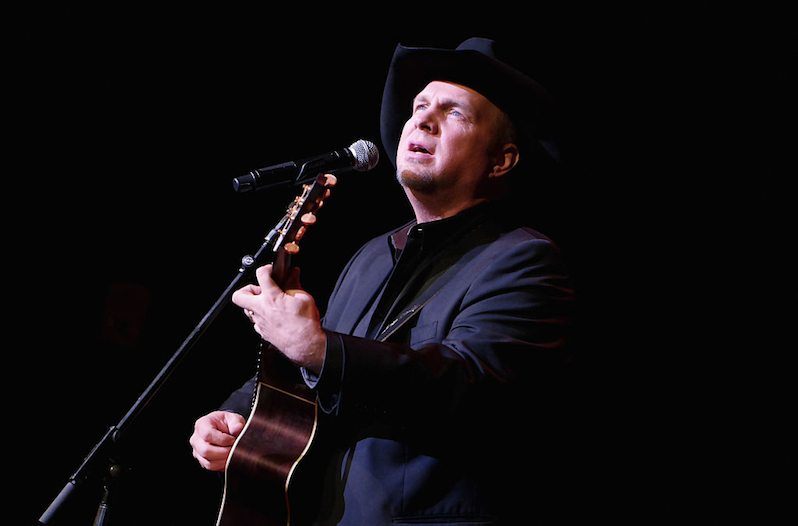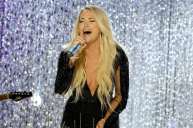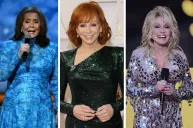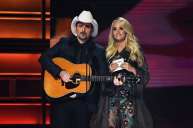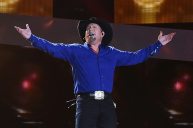To say that female artists are underplayed is the understatement of the decade. Last year was particularly bleak, as indicated by an end-of-year Billboard Country Airplay chart that featured no women in the Top 20 for the first time in the history of the chart. And a recent study shows the detrimental impact radio programming decisions have on female artists' careers.
Videos by Wide Open Country
In a recent interview with BBC, Garth Brooks added his voice to the growing number of artists concerned about country radio's gender gap. The country superstar used his wife, country singer Trisha Yearwood, as an example of how women in country work harder for less.
"I watch her every day work a thousand times harder than me to get a tenth as much as I do out of this business," Brooks says.
The singer says by not playing songs by women, country radio is silencing an important perspective.
"If there is something that I would like to contribute to say to country music right now, we do not have the female's voice in it enough and we need that," Brooks said. "Females bring a whole different approach to how we see things, how we think. So a good marriage between the male voice and the female voice in country music I think would be a true representation of what the people who listen to country music, who they really are."
Read More: Where Are the Women on Country Radio?
The study Gender Representation on Country Format Radio: A Study of Published Reports from 2000-2018 by Dr. Jada Watson uses airplay data to study gender imbalance on country radio. The results show that the top played male artist (Kenny Chesney) receives nearly twice the airplay of the top-selling female artist (Carrie Underwood).
In recent months, Miranda Lambert, Shania Twain, Carrie Underwood and Sara Evans have all spoken out on country radio's gender imbalance.
Now Watch: Songs Every Reba McEntire Fan Knows By Heart
https://rumble.com/embed/u7gve.v4ubub/
